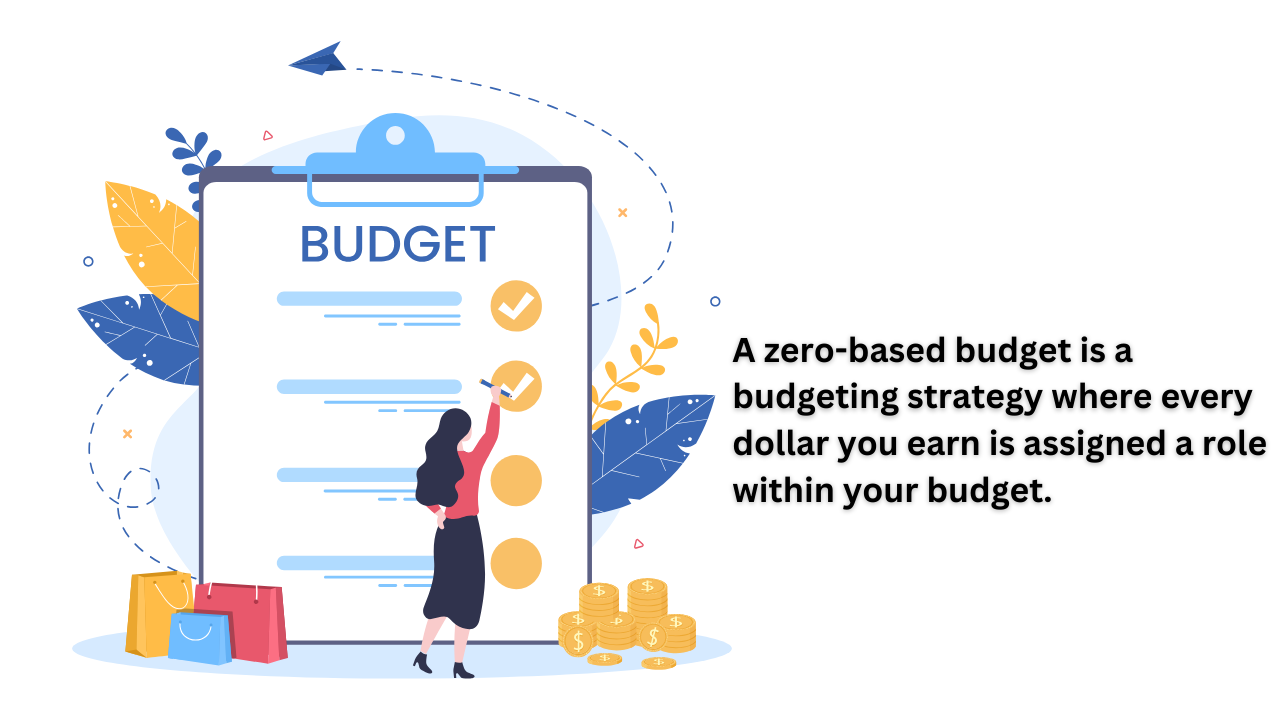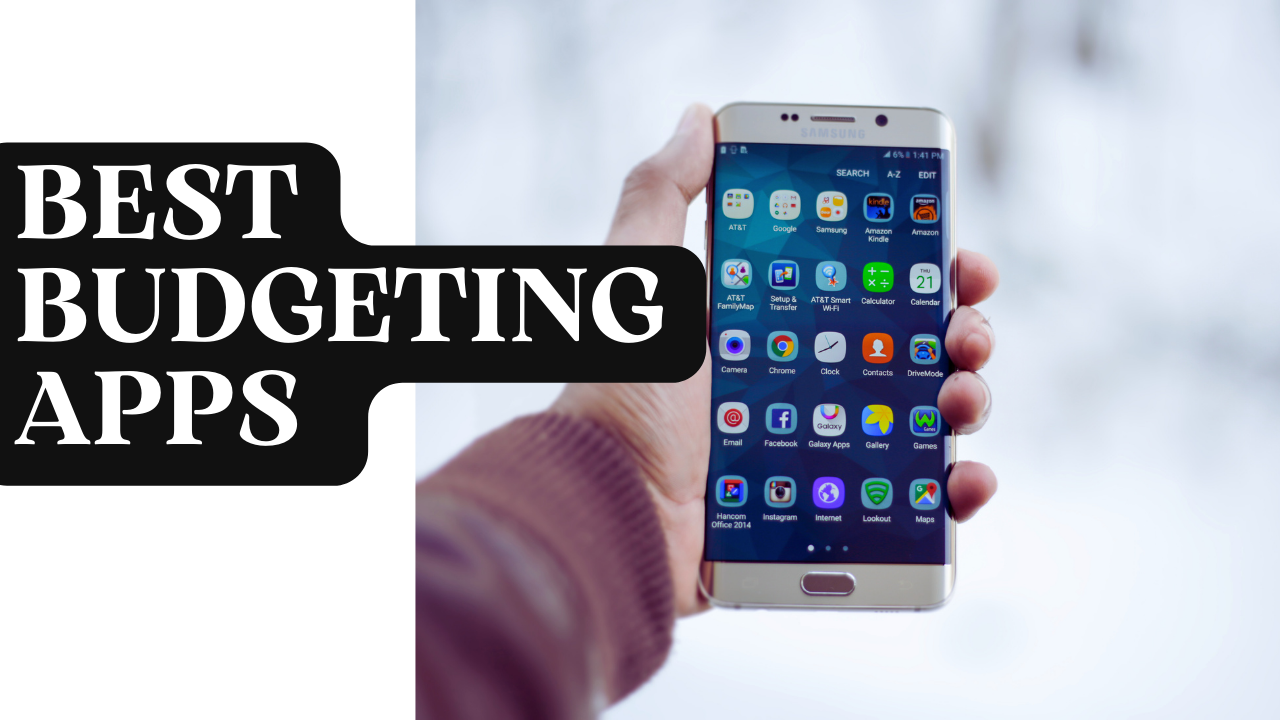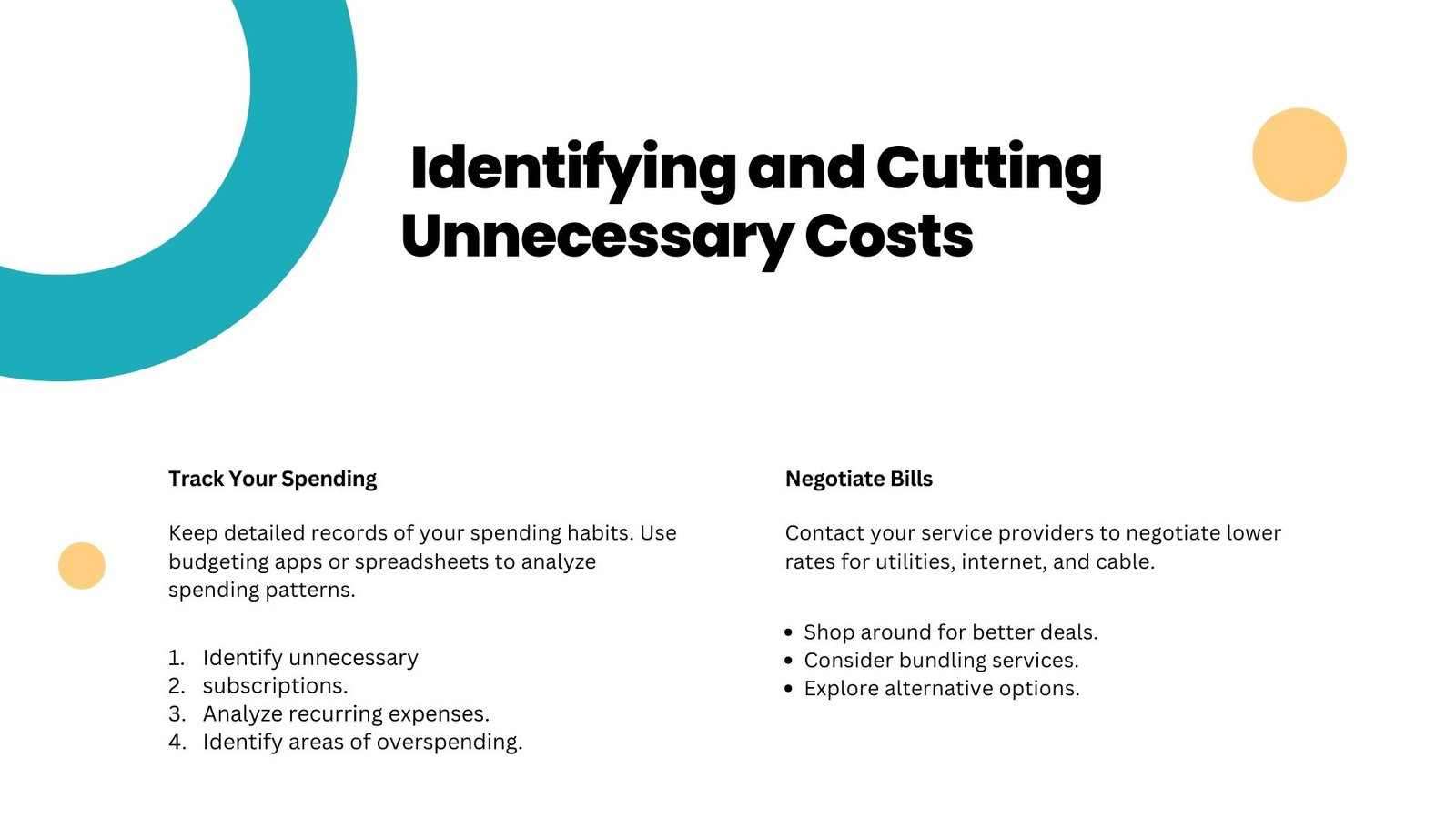Real estate investment is often seen as one of the most reliable and profitable ways to build wealth. However, for beginners, diving into property investment may feel intimidating. Fortunately, there are simple, manageable ways to start small, make wise decisions, and gradually expand. This article offers essential strategies and beginner-friendly options to help you confidently enter the world of real estate investing and grow over time.
Why Real estate investment?
Before starting, it’s essential to understand what real estate investment involves and why it’s so popular. In simple terms, real estate investment is the process of buying, owning, managing, and sometimes selling properties to generate income or increase wealth.
Benefits of Real estate investment:
- Steady Cash Flow: Rental properties provide a stable income stream, especially when occupancy rates are high.
- Appreciation: Property values generally increase over time, which grows your net worth.
- Tax Advantages: Investors enjoy several tax benefits, such as deductions on mortgage interest and property depreciation.
- Diversification: Real estate diversifies an investment portfolio, balancing out risk from stocks or mutual funds.
For more detailed information, Investopedia offers a beginner’s guide to real estate investing.
Starting Small in Real estate investment
1. Real estate Crowdfunding: Ideal for Beginners
Real estate crowdfunding platforms are a great way to get started without a large upfront cost. Through crowdfunding, you can invest small amounts—often as low as $500—alongside other investors to finance larger real estate projects. This beginner-friendly option lets you benefit from property investment without the responsibility of property management.
- Recommended Platforms: Platforms like Fundrise and RealtyMogul offer a variety of options suited to beginners. Fundrise provides a helpful beginner’s guide for those interested in crowdfunding.
- Potential Risks: Some crowdfunding projects have long-term commitments, so be sure to understand the platform’s terms and track record before investing.
2. Real estate investment Trusts (REITs): Invest Without Owning Property
REITs are companies that own, manage, or finance income-producing real estate. By purchasing shares of a REIT, you’re investing in a collection of properties, such as commercial buildings or apartments. This entry-level investment requires no direct property ownership, making it ideal for those seeking simplicity.
- How It Works: Publicly traded REITs operate like stocks, while private REITs require more significant commitments. REITs offer regular dividends, liquidity, and the opportunity to profit from real estate without the responsibilities of a landlord.
- Benefits and Risks: REITs are accessible and can provide consistent returns. U.S. News has a helpful guide on building a real estate portfolio with REITs that covers options and potential returns.
Key investment strategies for Beginners
1. Buy-and-Hold Strategy: Long-Term Wealth Building
The buy-and-hold strategy involves purchasing a property and holding onto it long-term, allowing it to appreciate in value while generating rental income. This approach requires patience, but it offers consistent income and steady growth.
- Example: Purchasing a small single-family home to rent out provides an income stream while its value appreciates over time.
- Tip: Look for properties in growth areas, such as cities with strong job markets, good schools, and a growing population.
2. House Hacking: Living in Your investment
House hacking is an ideal beginner strategy that allows you to live in part of your investment property while renting out other parts. By purchasing a multi-unit property (like a duplex or triplex), you can live in one unit while generating income from the others.
- Advantages: Lower living expenses while building equity in your property.
- Example: Buying a duplex, living in one unit, and renting out the other covers your mortgage payments. NerdWallet’s guide to the best real estate platforms can help you find financing options for house hacking.
3. BRRRR Strategy: Buy, Rehab, Rent, Refinance, Repeat
For investors looking to grow quickly, the BRRRR strategy is a powerful approach. It involves buying undervalued properties, renovating them, renting them out, refinancing to pull out equity, and using that equity to purchase new properties. This cycle allows you to build a property portfolio faster but requires strong budgeting skills and market knowledge.
- Tips: Choose properties that need minor renovations to control costs.
- Considerations: Ensure the property’s location supports rental demand, and work with lenders who specialize in real estate financing.
Types of Property investments on a Budget
1. Single-Family Rentals: Simple, Accessible Investment
Single-family homes are a straightforward entry into property investment. These properties typically require less maintenance and attract long-term tenants. They’re also easier to finance than multi-unit buildings, making them a good choice for beginners.
- Financing: FHA loans can reduce down payments, making entry more accessible.
- Pros and Cons: Single-family rentals are simple but provide limited income compared to multi-unit properties. However, they’re a low-risk way to get started.
2. Short-Term Rentals and Vacation Properties
Short-term rentals, like Airbnbs, offer higher rental income than traditional long-term rentals. However, they require more management due to frequent guest turnover. Beginners can start with a vacation property they rent out part-time.
- Considerations: STRs work best in popular tourist destinations.
- Management: Regular upkeep is necessary, so factor in time or consider hiring a property manager. For more on these strategies, BiggerPockets offers in-depth insights from seasoned investors.
3. Real estate Syndications
Real estate syndications allow you to invest in large projects like apartment complexes by pooling your funds with other investors. Syndications are typically managed by experienced operators, allowing you to benefit from larger, more lucrative properties without hands-on involvement.
- Returns: Syndications can yield high returns, though they may require a more substantial investment and have longer hold periods.
- Risk Management: Always research your syndicator’s track record, as success heavily depends on their experience.
Financial Tips for Building Your Real Estate Portfolio
1. Set a Budget and Stick to It
Setting a budget is the first step to avoiding financial overreach. Real estate investment has initial costs (down payments, closing fees) and ongoing expenses (maintenance, property taxes). A clear budget keeps you on track.
- Pro Tip: If you’re just starting, target affordable properties that allow for a comfortable monthly payment without stretching your finances.
2. Educate Yourself on Real Estate Markets
Understanding real estate trends, strategies, and investment options is essential. Researching popular investment markets can increase your chances of profitable investment choices.
- Resources: Local real estate groups, online platforms, or courses are great for beginners. Websites like Investopedia have resources on real estate investment basics and market analysis.
3. Plan for Unexpected Costs
Unexpected expenses—such as maintenance emergencies or tenant vacancies—are a part of real estate investment. Creating a reserve fund allows you to handle these situations without financial stress.
- Pro Tip: Aim to set aside at least 10-15% of rental income for maintenance and emergency costs.
4. Use Leverage Wisely
Real estate allows investors to use leverage through mortgages or lines of credit. However, understanding the terms and managing debt carefully is crucial to avoid over-leveraging.
- Tip: Work with financial professionals to explore financing options, including FHA loans for lower down payments.
Conclusion: Real estate investment Made Accessible
Starting in real estate investment doesn’t have to be daunting. From low-cost entry options like REITs and crowdfunding to beginner-friendly strategies like house hacking, new investors can find a path that fits their financial resources and risk tolerance. With the right planning, ongoing education, and small initial steps, beginners can successfully grow their real estate portfolio over time.
To learn more about financial planning and budget management, check out our article on How to Create a Balanced Investment Portfolio on a Budget.
By investing smartly and building your knowledge, real estate can become a valuable asset in your journey toward financial independence.

























